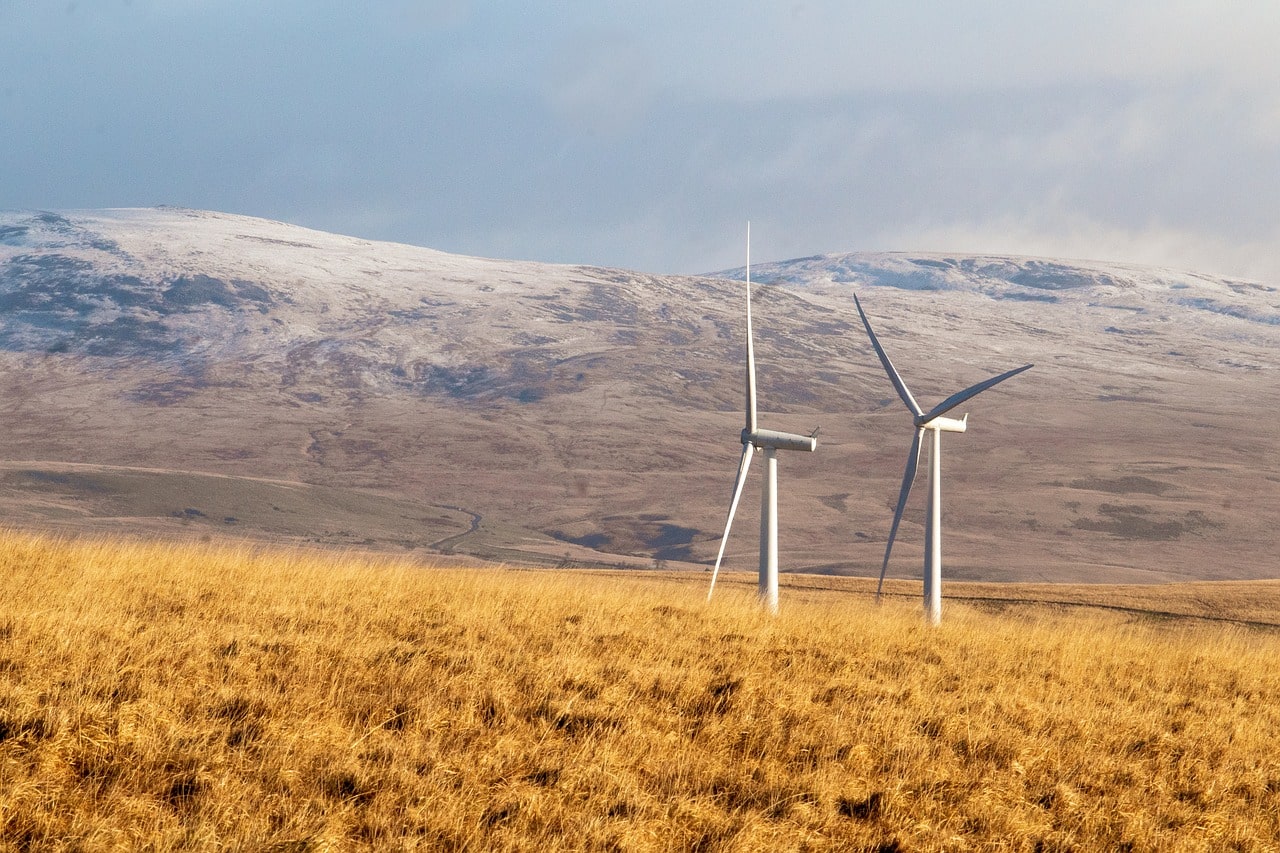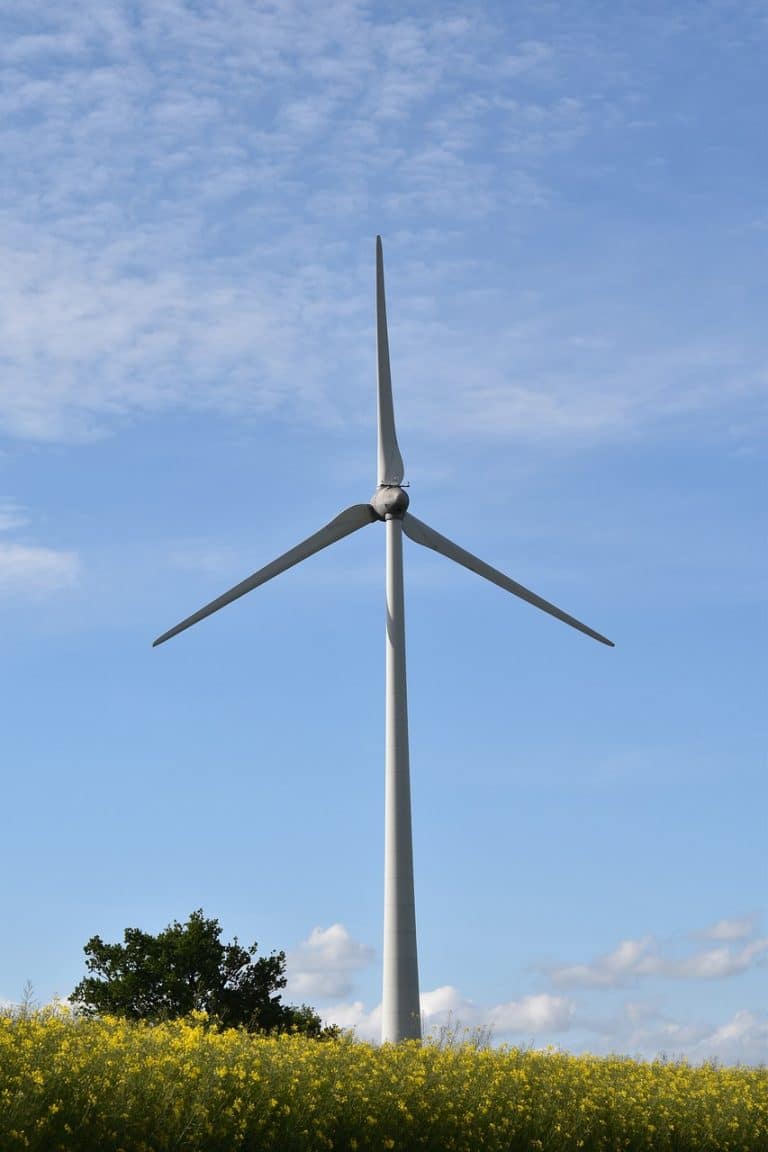Ofgem greenlights Britain’s largest grid investment: The “electric superhighway” connecting Scotland and England

The UK is about to take a monumental step forward in its journey toward a greener future, thanks to the approval of a multi-billion-pound subsea cable project by Ofgem. This initiative, with a staggering investment estimated to reach £4.3 billion, has been given the green light by the UK’s energy regulator, marking a significant milestone in connecting Scotland and England through a state-of-the-art electricity superhighway.
A Game-Changer for Renewable Energy
SSEN Transmission, the company behind this financial commitment, has emphasised that this project is more than just laying cables; it’s about ensuring that renewable energy can flow seamlessly through the grid, even on calm days when the wind doesn’t blow or when energy demand spikes.
The project involves two 315-mile (507km) cables running from Peterhead in Aberdeenshire to Drax in North Yorkshire, forming a crucial part of the UK’s broader strategy to modernise its energy transmission network.

Why is this important?
As the UK continues its shift away from fossil fuels, the ability to move large amounts of renewable energy—whether it’s from wind, solar, or other green sources—is critical. This new subsea link will play a key role in that transition, with most of the energy expected to flow southward from Scotland, a region already producing more electricity than it consumes.
How a £4.3 Billion Investment Will Power Two Million Homes
The cables, capable of carrying electricity in both directions, are not just about meeting current needs—they’re about future-proofing the grid. Ofgem, the UK’s energy regulator, initially estimated the project at £3.4 billion, but SSEN has indicated that rising costs may push this figure to £4.3 billion. This level of investment is substantial, but it’s necessary to ensure that the grid can handle the increased load as we rely more on renewable energy.
The new converter station being built near Peterhead power station is where the magic begins. High-voltage direct current cables will be laid on the seabed, making landfall near Bridlington in East Yorkshire. From there, the cables will be buried underground and connected to the national grid at Drax, creating a powerful link capable of supplying renewable electricity to two million homes.
A Vision for 7.5 Million Homes
This project is just the beginning. It’s the first of four planned subsea electricity links along the east coast, with the eventual goal of creating a network capable of powering 7.5 million homes. What’s remarkable is how quickly this project has moved forward—Ofgem’s fast-track process meant that approval took just five months, underscoring the urgency and importance of this initiative.
Energy experts like Sepi Golzari-Munro have emphasised how crucial these links are, not only for modernizing the grid but also for enhancing energy security and, ultimately, helping to lower energy bills. This isn’t just about keeping the lights on—it’s about doing so in a way that’s sustainable, reliable, and affordable.
The Future of Energy in the UK
With construction already underway in Peterhead and offshore cable laying set for 2028, the UK is on track to start transmitting electricity through this new subsea link by 2029. This £4.3 billion project is a crucial step in harnessing the UK’s renewable energy resources. Claire Mack from Scottish Renewables compares it to the North Sea oil boom, signaling the UK’s readiness to export renewable energy on a large scale. Approved by Ofgem, this investment is a bold move toward a greener, more resilient energy future, ensuring the UK leads the global energy transition.